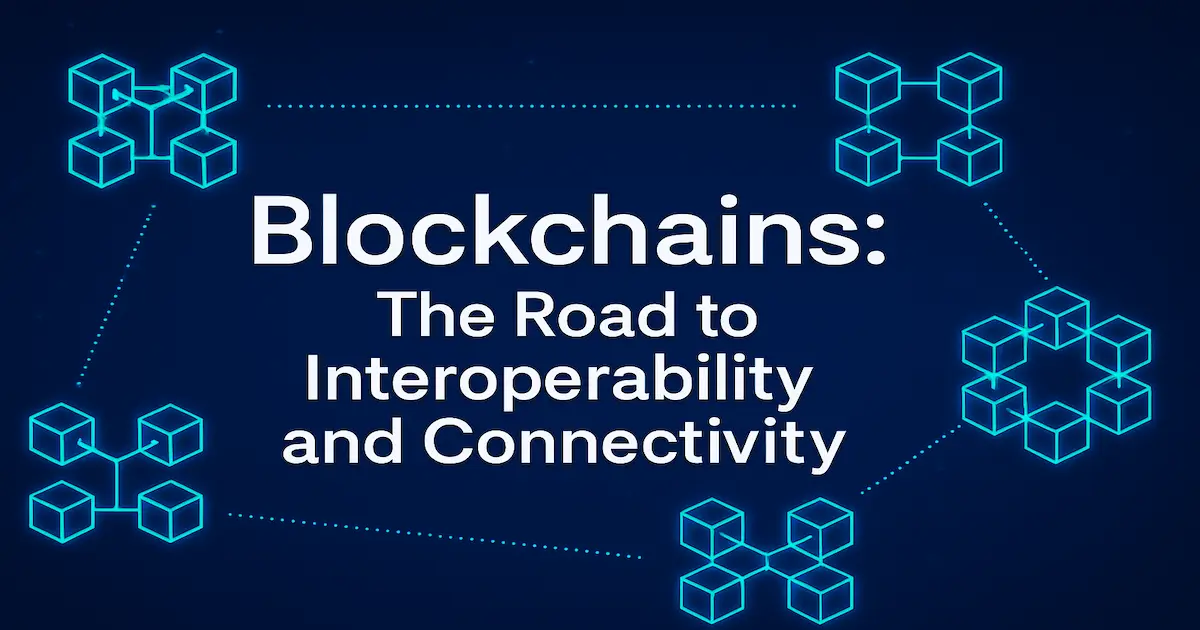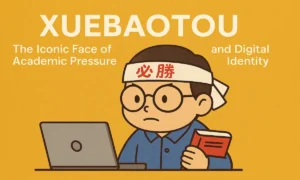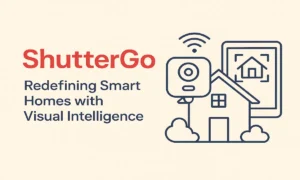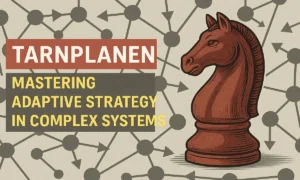Blockchains are decentralized systems that store data securely across many computers. But each blockchain often works alone and doesn’t talk to others easily. This lack of connection is a big problem.
To fix this, developers focus on blockchain interoperability. It means making blockchains work together smoothly.
Cross-chain communication allows users and apps to move data and tokens between blockchains. It helps build powerful systems that are not limited to a single chain. The dream is a world where all blockchains are part of one big network.
Lets get started!
Why Blockchain Interoperability Matters
Without interoperable blockchain networks, developers and users face many limits. They can’t easily move tokens or use smart contracts on other chains.
This leads to slow growth and high costs. Cross-chain dApps solve this by giving access to many blockchain ecosystems at once.
A connected system boosts blockchain scalability. It helps projects grow and work with more users. Smart contract cross-chain execution allows complex apps to use features from several chains. This improves user experience and brings new ideas to life.
Read More: Cryptocurrency Demystified: A Beginner’s Guide to Digital Currency 2025
Key Technologies Powering Blockchain Interoperability
To connect blockchains, developers use several tools. These include token bridges, atomic swaps, and light client implementations. Each of these tools helps move tokens or data safely between networks.
| Technology | Description |
|---|---|
| Token Bridges | Move tokens from one chain to another |
| Atomic Swaps | Exchange tokens without third parties |
| Light Clients | Verify data from one chain on another chain |
| Oracle Networks | Share off-chain data with blockchains |
| Blockchain Middleware | Help chains talk to each other |
Developers also use on-chain validation methods, validator-based transaction relays, and Web2 validation services to make these systems work better.
Major Cross-Chain Solutions and Their Impact
There are many tools helping inter-chain dApp design. Some top solutions include Polkadot, Cosmos, Quant Network, and Wanchain. These tools support arbitrary data messaging, trust-minimized communication, and chain-agnostic smart contracts.
- Polkadot: Uses parachains to link different layer-1 blockchains. It allows smart contract function calls across chains.
- Cosmos: Connects chains using the Inter-Blockchain Communication (IBC) protocol. It supports multi-chain networks.
- Quant Network: Offers a blockchain abstraction layer called Overledger.
- Wanchain: Enables native asset settlement across chains using threshold multi-signature contracts.
These platforms are key for programmable token transfer mechanisms and better token handling mechanisms.
Cross-Chain Communication Methods
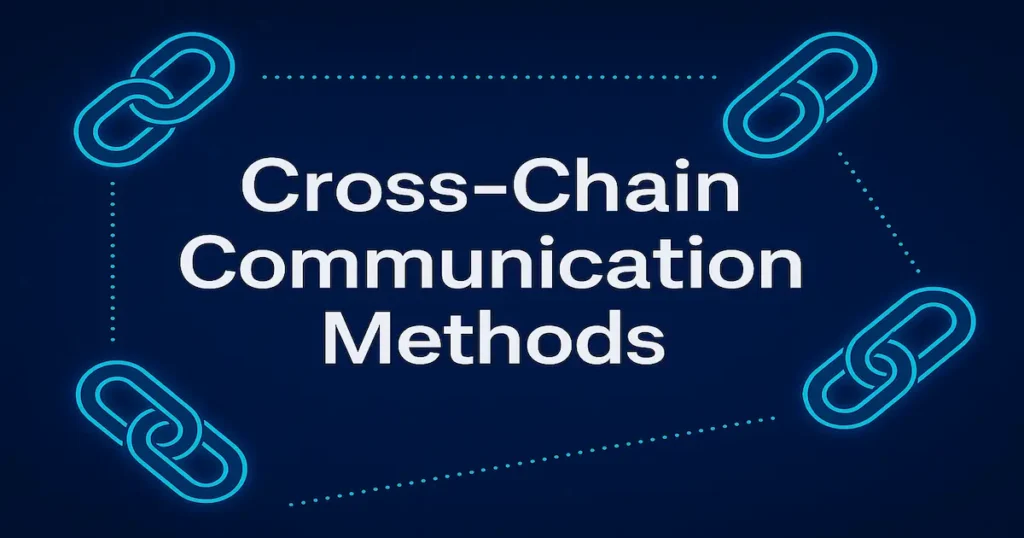
There are several ways blockchains share data. These include peer-to-peer blockchain messaging, external validation nodes, and committee-based consensus. These systems allow smart contract interaction across chains without needing a central service.
Some projects use honest majority assumption, while others rely on cryptoeconomic staking. Each system has trade-offs. The goal is to lower risks and keep users safe. Optimistic bridge validation is also common, where messages are trusted unless proven wrong.
Also Visit: Crypto30x.com Regulation in 2025: Risks, Realities & the Road Ahead
Challenges and Trust Issues in Cross-Chain Systems
Risk management in cross-chain settings is very important. Many attacks happen due to weak designs. Common problems include false data, token loss, and slow transactions. Trust assumptions in interoperability are a big concern.
Different systems offer different safety. For example:
| Trust Model | Description |
| Light Clients | Users verify everything themselves |
| Oracles | Data comes from trusted third-party networks |
| Committee-Based | Small groups approve all messages |
These models must balance security-first blockchain protocols with speed and cost. Off-chain computation verification and hybrid smart contracts are being tested to improve safety.
Real-World Use Cases and Case Studies
Let’s look at some real cases. Thorchain allows cross-chain token swaps with no middleman. It uses decentralized exchanges (DEXs) and a native token to manage trades. Axelar Network helps inter-chain data sharing for many layer-2 rollups.
Another case is Chainlink CCIP. It helps with smart contract cross-chain execution and solves the oracle problem in blockchain. It allows apps to talk across chains and supports light client use for security.
Quote from Sergey Nazarov, Co-founder of Chainlink: “Cross-chain interoperability is not optional. It is the future of blockchain growth.”
Blockchain Middleware and Abstraction Layers
Middleware helps blockchains talk smoothly. These tools handle messaging, token transfers, and smart contract calls. Good middleware reduces the need for every app to handle interoperability alone.
Blockchain middleware solutions like LayerZero and Router Protocol provide trust-minimized communication. They manage smart contract function calls, routing, and token bridging protocols. Blockchain abstraction layers hide the hard parts and let apps work across chains.
The Future of Blockchain Interoperability
The future is full of promise. We will see better Web3 multi-chain architecture and more modularized applications. Projects will use native validation with light clients for better safety.
New standards like the Cross-Chain Interoperability Protocol (CCIP) will help developers build inter-chain dApps with ease. These will use decentralized oracle networks and programmable token bridges to grow safely.
Developers will focus on:
- Cryptography-based blockchain security
- Blockchain protocol scaling strategies
- Secure smart contract interaction
- Inter-chain data sharing
These steps will ensure safe, fast, and scalable growth across all blockchain ecosystems.
Conclusion: A Connected Blockchain World
Blockchain interoperability is more than a feature. It is the key to future growth. Cross-chain communication makes networks faster, smarter, and more useful. Token bridges, oracle networks, and blockchain middleware will lead the way.
To build the future, we need secure smart contract cross-chain execution, better token handling mechanisms, and safer on-chain validation methods. Together, these tools and ideas will connect all blockchains into one powerful and flexible system.
Frequently Asked Questions:
What is blockchain interoperability and why is it important?
Blockchain interoperability means different blockchain networks can talk and work together. It is important because it helps move data, tokens, and smart contracts between blockchains. This creates a better, more connected blockchain ecosystem.
How do cross-chain communication methods work?
Cross-chain communication allows blockchains to share data or tokens. It works using tools like token bridges, light clients, and oracle networks. These tools help blockchains send messages and complete actions even if they use different rules.
What is the role of smart contracts in interoperability?
Smart contract cross-chain execution allows smart contracts on one chain to call or activate contracts on another chain. This helps build modularized applications, cross-chain dApps, and enables features like inter-chain data sharing or smart contract function calls between blockchains.
Are token bridging protocols secure?
Token bridging protocols come with risks like trust assumptions in interoperability, bugs, and security holes. However, using security-first blockchain protocols, cryptography-based blockchain security, and threshold multi-signature contracts can reduce these risks.
What is the Cross-Chain Interoperability Protocol (CCIP)?
The Cross-Chain Interoperability Protocol (CCIP) is a new standard to allow safe and easy programmable token transfer mechanisms and arbitrary data messaging between blockchains. It aims to create a reliable blockchain middleware that supports the future of Web3 multi-chain architecture.
